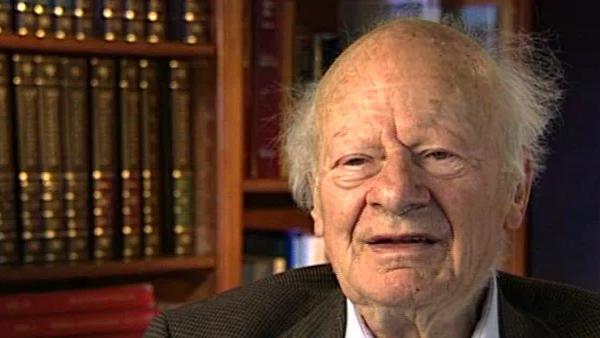NEXT STORY

Applying the work of Hylleraas to the negative hydrogen atom
RELATED STORIES

NEXT STORY

Applying the work of Hylleraas to the negative hydrogen atom
RELATED STORIES


|
Views | Duration | |
|---|---|---|---|
| 11. Controversy over whether electrons are waves or particles | 1474 | 01:52 | |
| 12. Max Born's papers on the theory of collision phenomena | 1026 | 02:13 | |
| 13. Born approximation | 1010 | 00:49 | |
| 14. Paul Peter Ewald | 914 | 00:40 | |
| 15. Working on atomic spectra and applying group theory to crystals | 986 | 04:44 | |
| 16. My paper on energy levels in crystals | 822 | 04:27 | |
| 17. Felix Bloch's theory of conduction in metals | 1 | 867 | 01:57 |
| 18. Applying the work of Hylleraas to the negative hydrogen atom | 712 | 02:43 | |
| 19. Getting into nuclear physics | 811 | 01:02 | |
| 20. Numbers prove theories | 1 | 996 | 01:33 |

